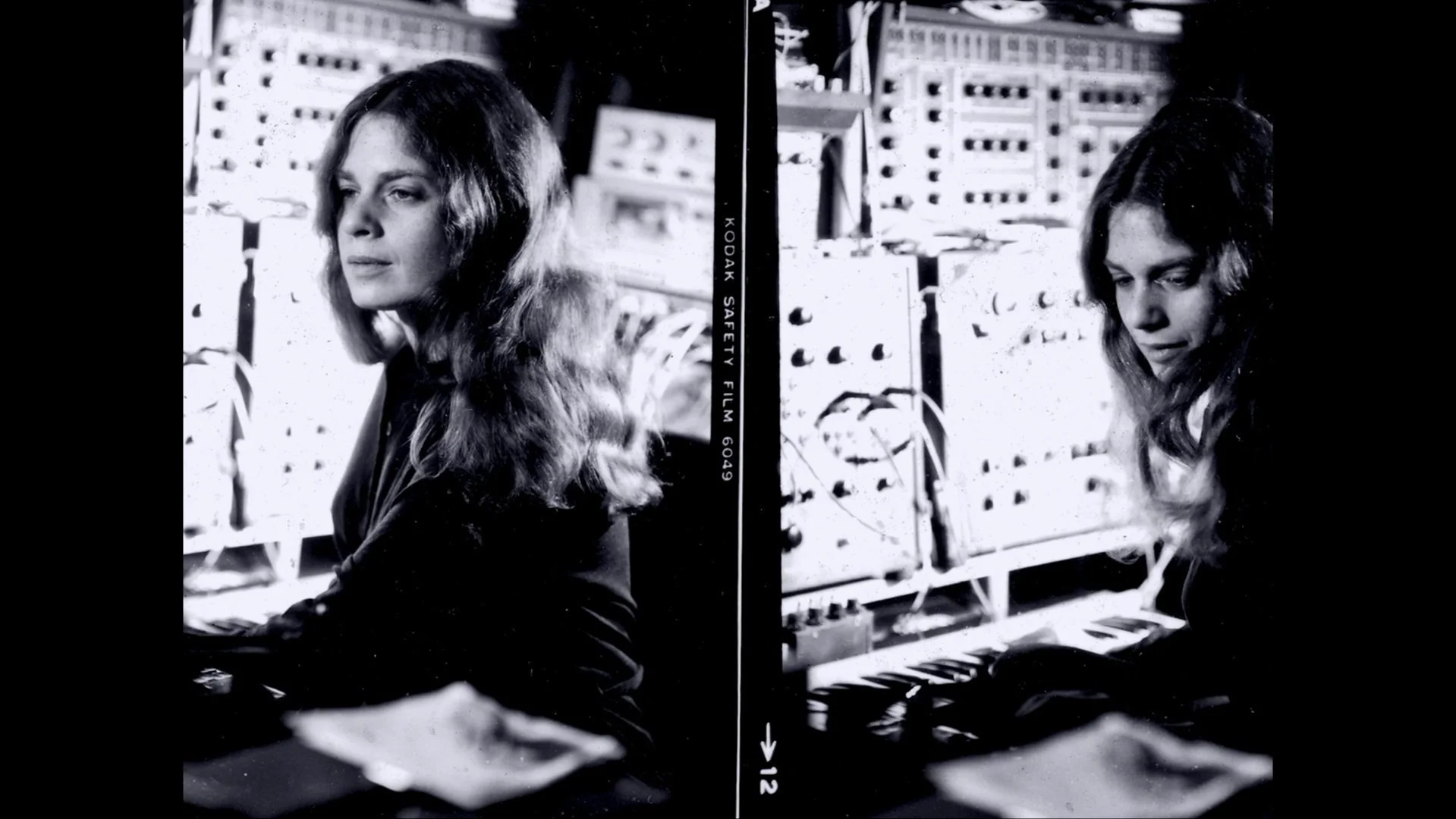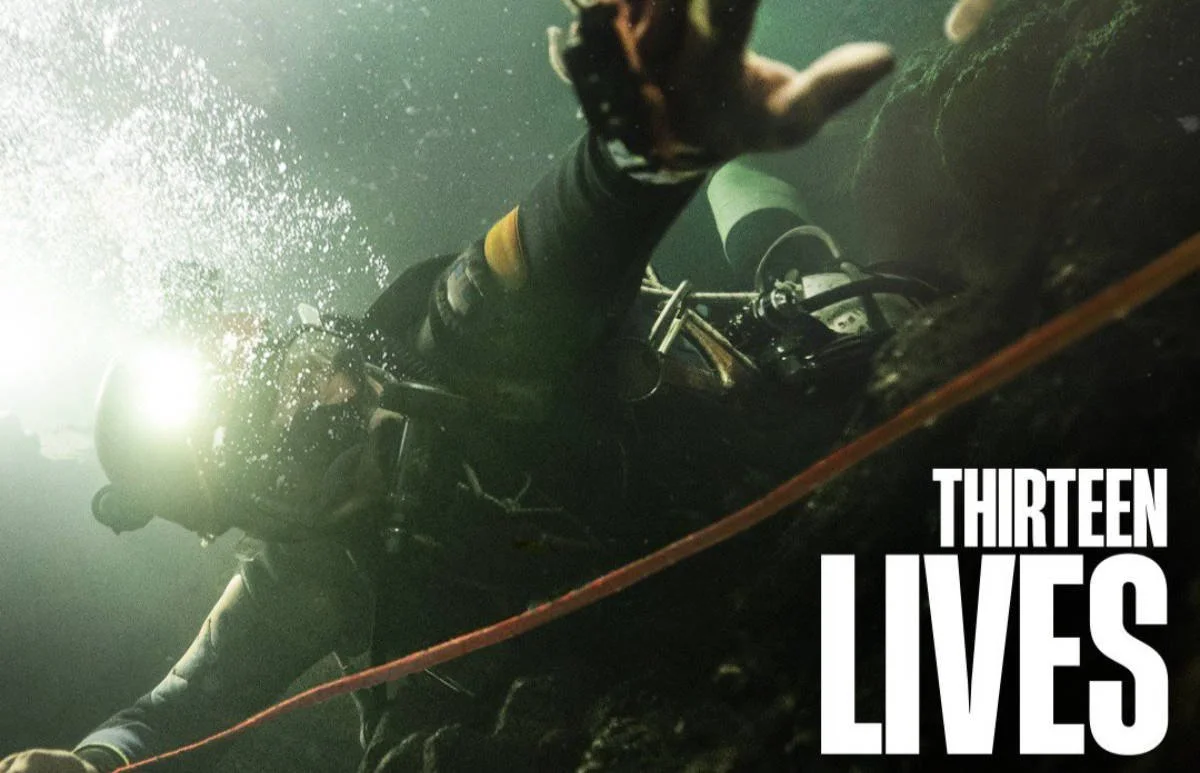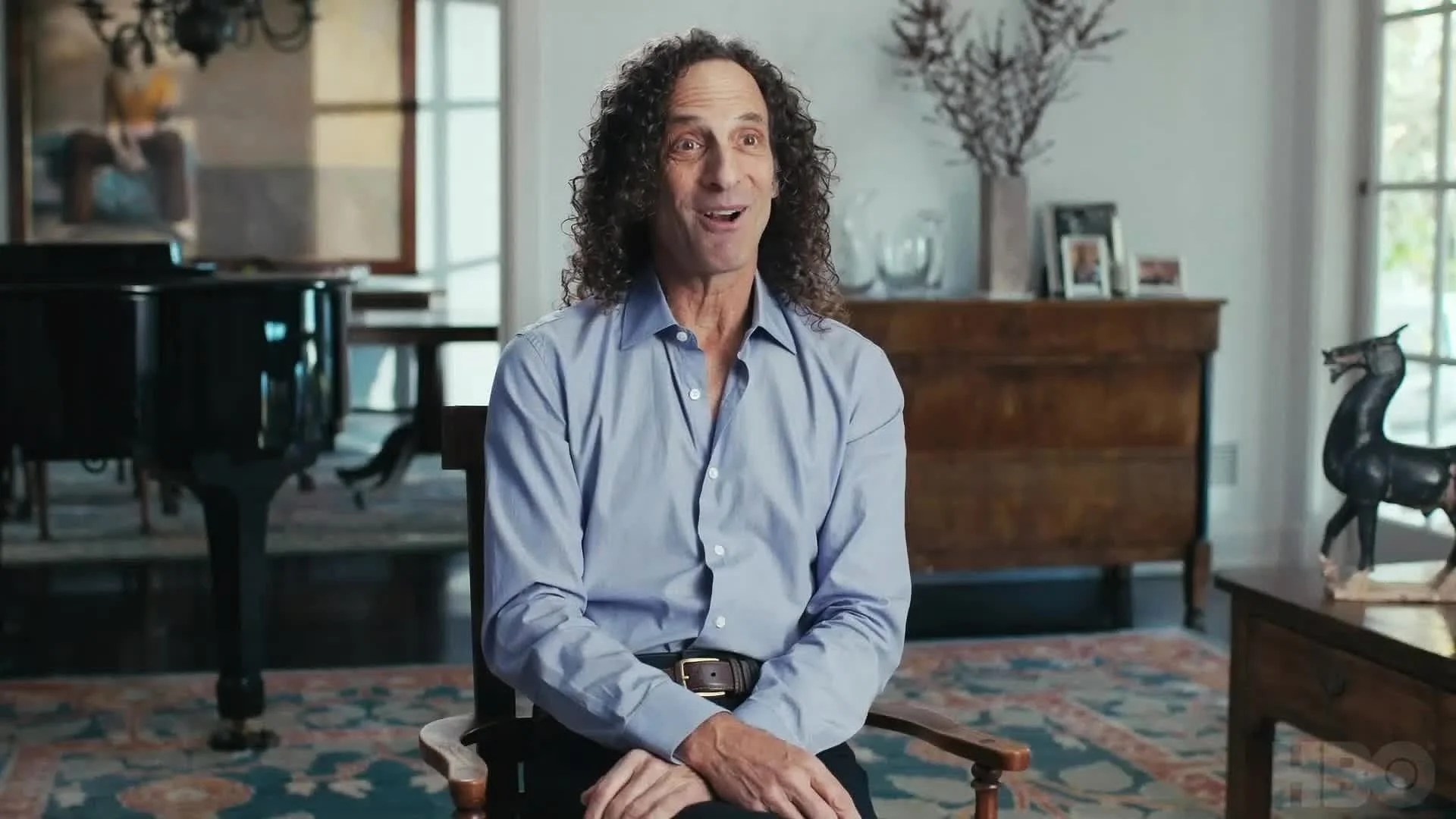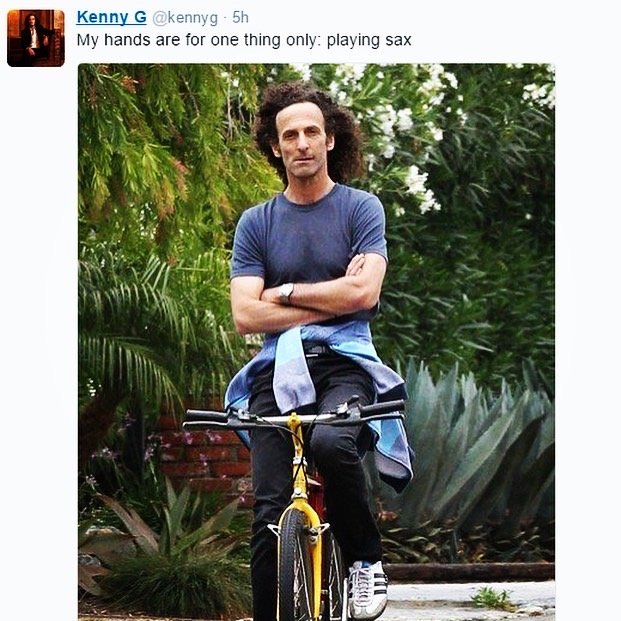I went to see Indiana Jones and The Dial of Destiny on my 44th birthday, on a whim. It was as melancholy and indifferent a visit to the cinema as I have ever had. Perhaps this was because I was on my own and pondering the passage of time a little too much.
Or … it might be because I am tired of Hollywood studios trying to milk the public's goodwill in long-cherished movies and characters. Like most children of the 80s, I am very protective of Indy. The original trilogy seemed to say all that need to be said on screen about the irascible yet charismatic archaeologist and his swashbuckling quests for great artifacts of ancient history.
Don't get me wrong. I was excited and willing to be swept up in the big-screen experience, whether it was built on nostalgia or new inspiration. But I just don't see the point in attempting these sequels unless the main character faces a distinct set of new challenges. Ones that ask different questions and change them irrevocably somehow.
I am thinking of what this film’s director, James Mangold, did with the Wolverine character in Logan (alongside co-screenwriters Michael Green and Scott Frank). It doesn't try to keep pace with previous films, sub in analogous action choreography or preserve the hero in time. It really presses into the flesh of his vulnerabilities, his fallibility and his … destiny. Mangold’s ensemble piece Cop Land is also a favourite of mine, presenting a different image of masculine heroism in the form of a diffident and portly Sylvester Stallone.
Now I'm sure the cast and crew of the latest installment had good intentions. I've just been reading the thoughts of visual effects supervisor Andrew Whitehurst, who remembers watching a BBC Horizon special on the making of Indiana Jones & The Temple of Doom at the age of nine. That was his introduction to visual effects! Forty years later, there he was at the helm of the same department and you can sense his sincere desire to honour the legacy. Director/co-writer Mangold too, no doubt.
But something was missing. The frisson of a whip crack, a de-aged Ford in that convoluted prologue, a bespectacled Nazi villain, a thunderslap of a punch, tracing voyages on antiquated maps, a John Rhys-Davies cameo, even the glorious overture of John Williams' score… It takes more than that to summon the magic of those earlier films.
As is often the case, writing is critical to a film's measure of suspense and conflict. I found the script leaden and a little too complex when referring to the Antikythera. On paper, the logic in choosing Archimedes' Dial to pursue is sound. Ford has endorsed going beyond religious relics to consider something even more universal like science.
The director felt that having the chance to write the wrongs of the past could be a rich narrative. “The moment I knew the movie was about time, opportunities missed, opportunities lost, choices made, irrevocable mistakes, then the question [became], ‘What would be the only thing that would allow me to fix time itself?’” explains Mangold.”
Being able to locate fissures in time is kind of a big deal, especially if you're trying to change history and win the war like Mads Mikkelsen's character Jurgen Voller. For me, this MacGuffin didn’t hold the same awe and fascination as the Ark of the Covenant, the Sankara Stones or the Holy Grail. I couldn't see the same hunger in Indy's eyes, either, despite him saying, "I've been looking for this all my life".
The race to find the other half of the dial is what drives the story. But once it's completed and activated, I found their destination a little bizarre. I lost interest. Though seeing Indy plead to remain in the past, where he has roamed and dwelled for much of his life, does provide one of the film's more affecting scenes. History is his passion but in that moment it also promises relief to his anguish. Had he used the dial to try and save his son from enlisting, that could have been more compelling. A little to Back to the Future though, perhaps?
Destiny is a big part of this apparently closing chapter. I couldn't sense that level of jeopardy, could you? There's no dramatic transformation or realisation for Ford's character. His life does change but not through his own actions. If that's the purpose of the film – to remind us that our destiny is not always in our own hands – then ok, but the pay-off wasn't satisfying enough. I'm more of a riding-off-into-the-sunset kinda guy.
Nicholas Barber wrote in BBC Culture: "I'm not sure how many fans want to see Indiana Jones as a broken, helpless old man who cowers in the corner while his patronising goddaughter [a good-value Phoebe Waller-Bridge, it must be said] takes the lead, but that's what we're given, and it's as bleak as it sounds."
Indy is a little more involved than that. but I take his point. Is this how we want to remember one of the great on-screen adventurers? Let him age, yes, but in our imaginations and comment sections. As for revealing cracks in the macho carapace of the guy Kate Capshaw's Willie Scott labelled "a conceited ape" in the second movie, most of us come to the cinema for fantasy or escapism. Not to face reality.
Vulture’s Matt Zoller Seitz has a different take in his compassionate pierce about the ravages of time and how Ford excels at playing action heroes swept away by forces larger than them. “The clock is running out for Indy, for Ford, for all of us. That’s why it’s so right that Dial of Destiny focuses on time and the yearning to roll it back and redo history, or just start again in a place where no one knows you. Even if such things could happen, the script implies, they shouldn’t. Ford is the weathered face of this truth.”
Writing also makes characters snap, crackle and pop. It provides the spark. It gives licence to actors to entertain audiences even when they are up against it – a hallmark of these films at their calamitous best. But I got more joy from that slapstick moment in Raiders of the Lost Ark where Indy drops on his arse, stunned by the power of Pat Roach's first punch, than the whole of The Dial of Destiny.
So Barber is also right to lament the lack of exuberance and hijinks in trifling moments, like when Indy tries to get away during the Apollo 11 parade down Fifth Avenue. Or when he comes face to face with snake-like eels. You would have thought that the likes of Jez Butterworth (Jerusalem) could do better than that.
You will be entertained on this extravagant “victory lap” but it's a faint echo of Indiana Jones at its best. (An echo of an echo if you look closely at source material such as Secret of the Incas starring Charlton Heston. Was anything ever ‘original’ in this industry?) Not everything that can be made, should be made. I’m not saying he belongs in a museum. Let Indy’s legend swagger into the annals of cinema.
PS The appearance of Antonio Banderas as Indy’s sailor buddy Renaldo must be one of the most pointless cameos in movie history. He is worth so much more.
















